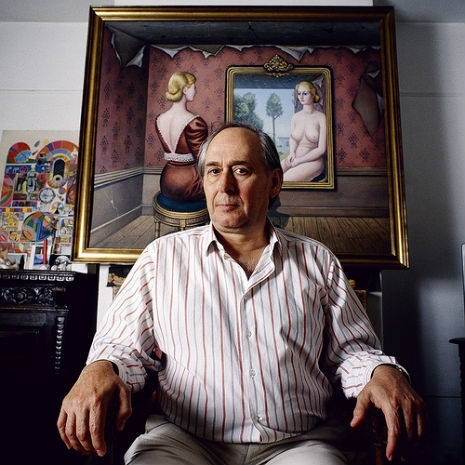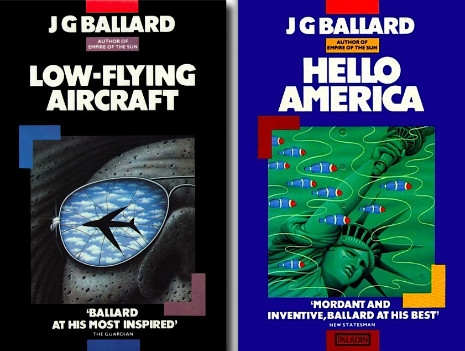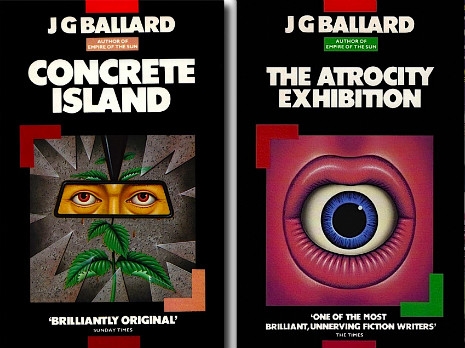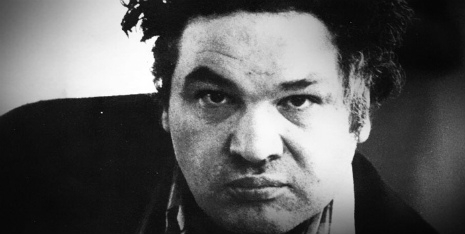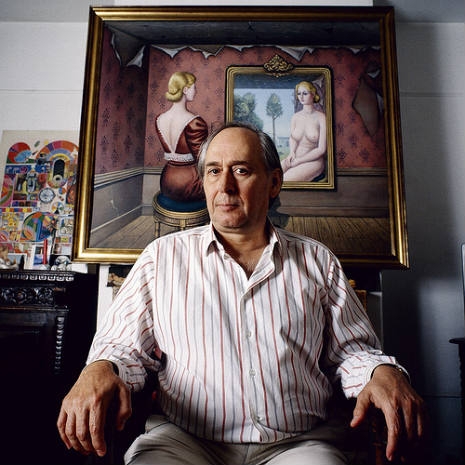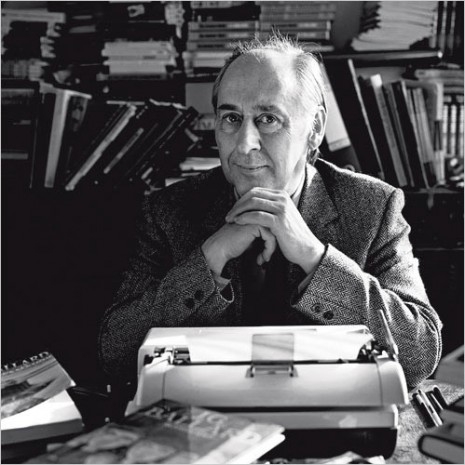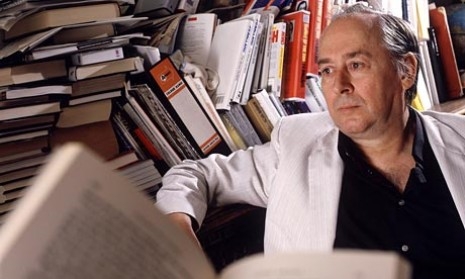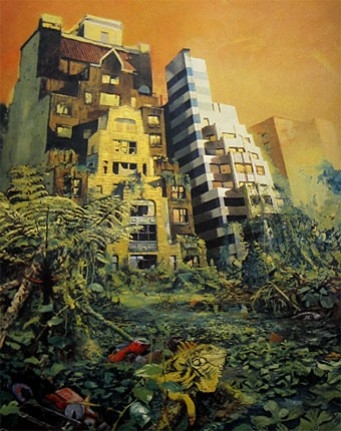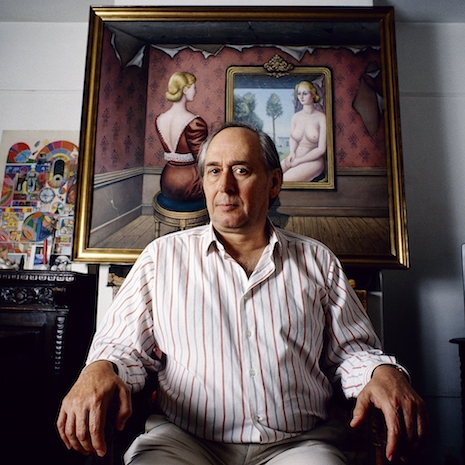
J.G. Ballard was a 20-year-old medical student in his second year at Cambridge University when he jointly won a crime story competition organized by the local student newspaper Varsity.
Ballard’s story “The Violent Noon” recounted the events of a violent and gory terrorist attack on a British officer and his family during the Malayan War. It has been described as a “Hemingwayesque pastiche” allegedly written to please the judges. According to “an an unsigned summary of the judges’ reasons for picking” Ballard’s story:
‘Violent Noon’ was the most mature story; it contains patches of high tension, the characters come to life, and the ending is brilliant in its cynicism. The author should, however, avoid a tendency to preach.
“The Violent Noon” was Ballard’s first published work. When it appeared in Varsity on Saturday 26th May, 1951, the paper printed a profile of the author—which included Ballard’s first ever published interview:
J. Graham Ballard who shares the first prize of ten pounds with D. S. Birley in the “Varsity” Crime Story Competition is now in his second year at King’s and immersed in the less literary process of reading medicine.
He admitted to our reporter yesterday that he had in fact entered the competition more for the prize than anything else, although he had been encouraged to go on writing because of his success.
The idea for his short story which deals with the problem of Malayan terrorism, he informs us, he had been thinking over for some time before hearing of the competition.
He had, in addition to writing short stories, also planned “mammoth novels” which “never get beyond the first page.”
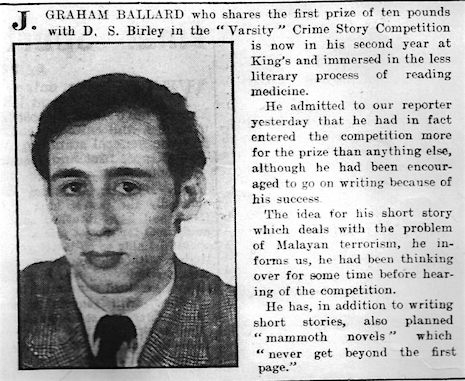
What these “mammoth novels” were about one can now only imagine. It was four years since Ballard had returned to England from internment at a Japanese P.O.W. camp—the horrors of which were filtered through his work as he later said:
The experience of war is deeply corrupting. Anybody who witnesses years of brutality can’t help but lose a sense of the tragedy and mystery of death. I’m sure that happened to me. The 16-year-old who came to England after the war carried this freight of ‘matter-of-factness about death’. So spending two years dissecting cadavers was a way of reminding me of the reality of death itself, and gave me back a respect for life.
Ballard harbored plans to become a psychiatrist. But this was quickly dropped after his success with “The Violent Noon.” He quit his medical studies at Cambridge and enrolled at Queen Mary University, London to study English Literature.
More on young Ballard plus full documentary, after the jump….







